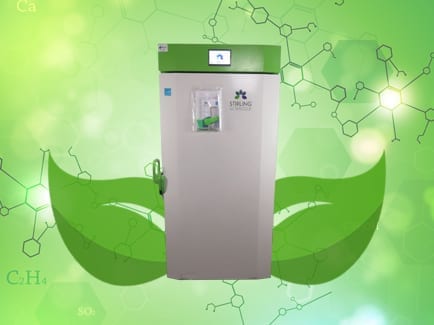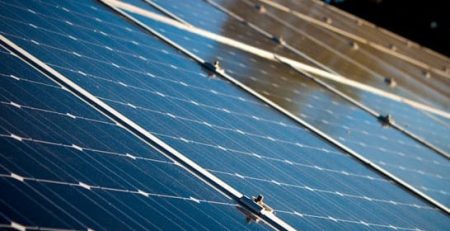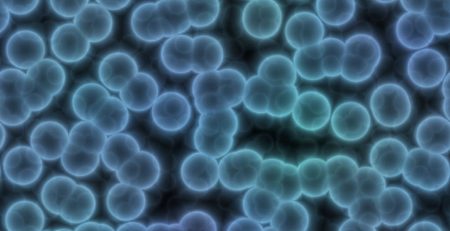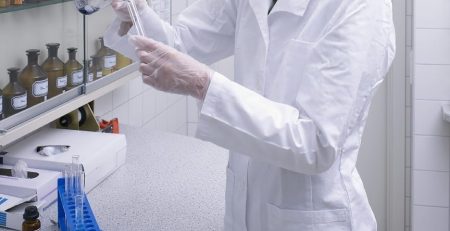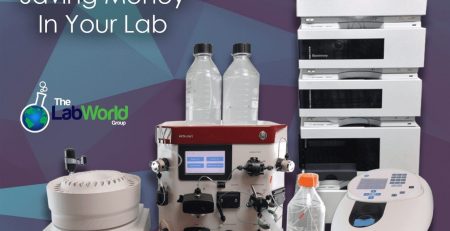Green Lab Tactics
Increasing the efficiency of lab equipment doesn’t just save the company time and money, it also helps reduce a laboratory’s carbon footprint.
“Energy efficiency in laboratory equipment is extremely important,” John Dillott, energy manager at the University of California, San Diegosaid. “It’s a major, yet virtually untapped area.” But the laboratory industry is still trending toward green, with scientists, lab managers, and laboratory design consultants all putting a larger emphasis on efficiency and other “green features”, according to Science. They’ve outlined how several common pieces of laboratory equipment are getting a green makeover.
Fume Hoods
Fume hoods are known as being one of the least-efficient pieces of laboratory equipment, and while some savings can be achieved while keeping the hood closed when not in use, regardless of the hood model, there are other contributing factors including the motor in the fume hood blower, the electronics that control the fume hood, and how much air is flowing through the hood regularly are all contributing factors. When considering updating your laboratory equipment for increased efficiency, the fume hood may be a good place to start.
Freezers
“Individually, each freezer can consume as much energy as a single-family home, 20 to 25 kilowatt hours per day,” Dillott said. But fear not! New, energy-efficient models “often [consume] 60 percent less energy than freezers using older technology,” he continued. Harvard’s Green Labs Program is also developing and sharing tips about how to save even more energy, regardless of your freezer’s age and model, including keeping your freezer as organized as possible in order to limit the amount of time the door may need to be open for in order to find what you’re looking for inside. My Green Lab also recommends changing the set point on your freezer – claiming you can save 20 to 30 percent depending on the age of the freezer and its baseline energy consumption.
Centrifuges
Centrifuges are fundamental pieces of laboratory equipment required for separation. According to Daniela Dockweiler of IKA Works in Staufen, Germany, “[t]oday’s centrifuges provide constant speed while the rotor is attached on the drive shaft, even if there is a higher density of liquid.” This consistency provides reproducible results for all samples in one experiment. New, durable, lightweight material also improve energy efficiency, allowing the rotor to spin up and down faster while also using less energy.
In addition to investing in more energy-efficient equipment, maintaining an organized laboratory space is also a beneficial way to increase a laboratory’s efficiency.




